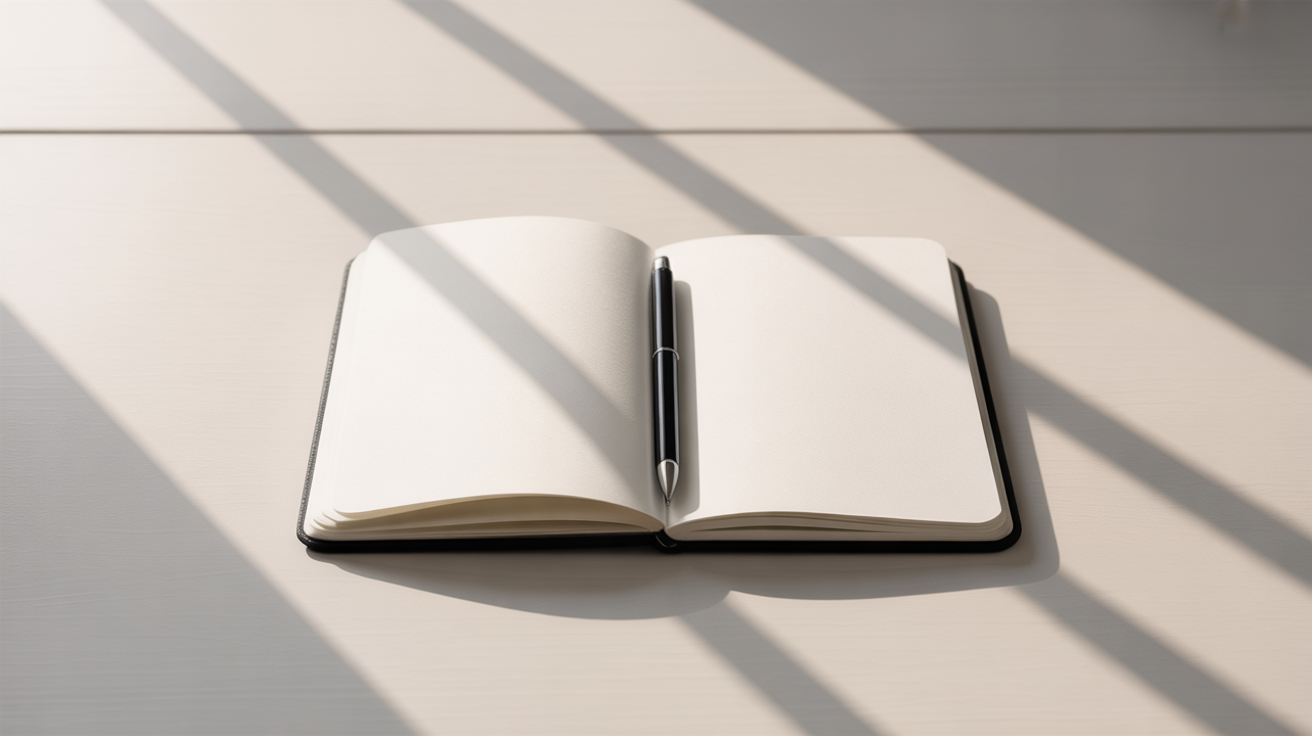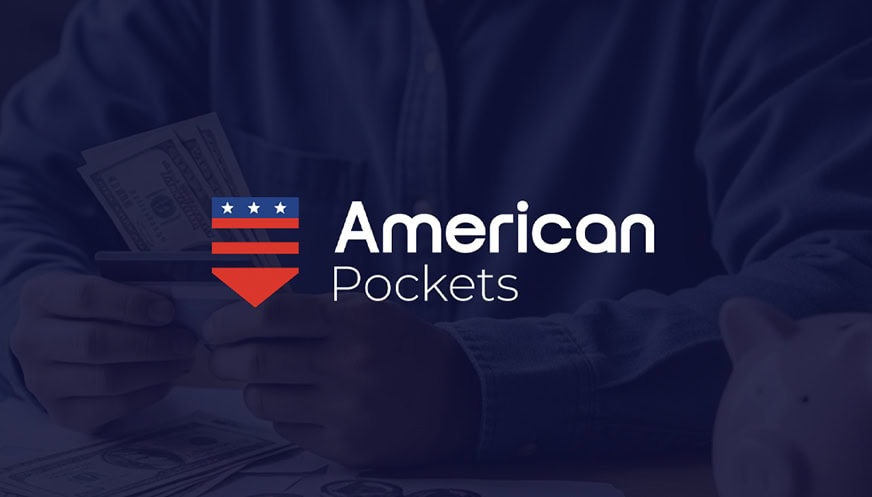Budgeting for Beginners: Start Your Debt-Free Journey
Becoming debt-free doesn’t start with winning the lottery or making huge sacrifices. It starts with something much simpler—and far more powerful: a budget. A good budget gives you control over your money, helps you understand where it really goes, and creates space to pay off debt while still living your life. If you’ve never budgeted before (or you’ve tried and stopped), don’t worry. This guide walks you through everything, step by step, using proven strategies from financial experts, banks, and trusted money educators.
By the end, you’ll know exactly how to set up a beginner-friendly budget—and how to use it to transform your financial life.
Why Budgeting Is the First Step Toward Becoming Debt-Free
Most people struggling with debt don’t have a math problem—they have a visibility problem. Without a budget, it’s hard to know:
-
How much you owe
-
How much you can afford to put toward debt
-
Where your money is leaking
-
How much you need for emergencies
A budget gives you clarity, and clarity creates power. Fidelity emphasizes that a strong debt payoff plan isn’t just about sending money to creditors—it’s about building a cash buffer so you don’t fall into more debt later. This is why budgeting and debt freedom go hand in hand.
Budgeting isn’t meant to restrict you. It’s meant to free you.
Step 1: List All Your Debts Clearly and Honestly
Before you can start budgeting, you need a full picture of your debt. Members 1st recommends creating a simple list that includes:
-
Type of debt (credit cards, student loans, personal loans, etc.)
-
Total balance
-
Minimum monthly payment
-
Interest rate
This step often feels uncomfortable—but it’s the moment everything becomes real. When you see the numbers on paper, you stop guessing and start planning.
Tip: You can do this in a notebook, Google Sheets, or a budgeting app like YNAB or EveryDollar.















